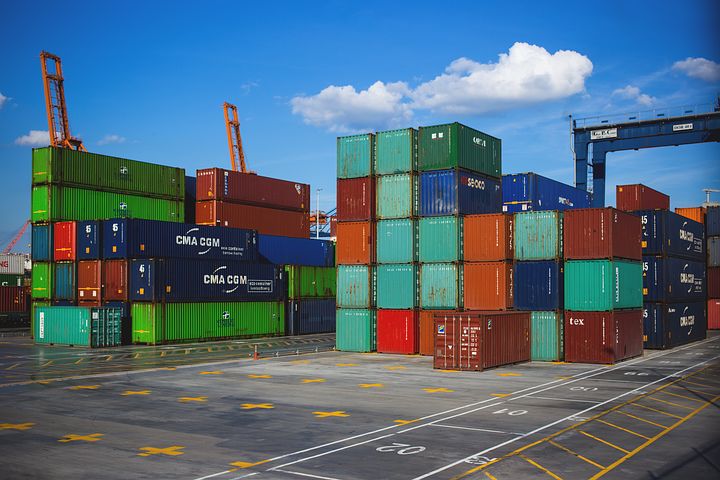
The domain of the 3PL warehouse provider is there for companies who require help with their supply chain management processes.
From operations that need to carry and ship product interstate or overseas to warehouses that need to drive efficiency through every fundamental metric, these services act as safeguards to improve performance and eliminate needless costs.
Managers in this industry are always on the hunt to find that 1% marginal gain that their competitor is not utilising, finding avenues and strategies that elevate their standing.
So before any preconceptions are allowed to manifest for warehouse managers when viewing 3PL providers, it is worthwhile to see how an integration of these outsourced specialists can maximize performance through all facets of the business.
Eliminate Internal Staff Hiring
The joy of bringing aboard a 3PL warehouse operation is the ability to outsource order management and shipping matters to an experienced body without educating in-house staff. There can be an incredible drain on resources when developers and managers have to bring their own staff members up to speed on the machinations of a new operating model or a system that they are unaccustomed to.
By entering into an agreement with a third party, companies have the capacity to tap into their intellectual property and skillset without the concern of driving up their own costs and having their employees upgraded.
Utilizing an Established Network
Only through a 3PL warehouse provider can a company begin to leverage assets such as volume discounts and exclusive relationships to make a business thrive. There are few entities domestically who can compete with the big players for supply chain logistics, simply by the fact that these operations need the resources to compete against the major global brands. Should your enterprise seek external assistance in this field, then there can be additional contacts, engineers and developers who can utilize the most cutting edge technology and strategies.
Secure Short-Term Lease Agreements
Long-term lease agreements can act to hamper an organisation’s freedom and capacity to maneuver in the open marketplace. By being weighed down to a contract during down periods for the company, the business ends up bleeding money. A 3PL warehouse enterprise can utilize a framework that cuts that hassle out of the equation entirely, having a rolling agreement that is short-term and gives the owner more options as their disposal.
Learn Best Practice Techniques From Supply Chain Experts
From software programs to hardware equipment, there are current practices in 2018 that a 3PL warehouse operation can give to a company that they could not access independently. Learning this knowledge can help to establish a new set of standards and source techniques to manage inventory at a higher degree of efficiency. They can tap into a potential of the entity never before thought possible, opening up new pathways for growth and expansion with their guidance.

Upgrade or Downgrade On 3PL Service
Having the ability to scale on a set of services outlined by a 3PL warehouse company is paramount. Some operations will learn faster than others where a short-term target is necessary, leaving others to have a partnership in place for a number of years consecutively. However the nature of the outsourcing is conducted, securing a market edge is about adaptation to circumstances and the upgrading or downgrading of services speaks to that capacity.
Summary
The financial incentive is there for an enterprise to consider a 3PL warehouse provider a viable option. Not only are you the one who is controlling the input of these enterprises as the client, but you are able to handpick their expertise. From network analysis to system support, containment strategy, vendor compliance and logistics specialization, there are substantial elements that are at play with supply chain procedures. Outsourcing to these parties is not admitting fault, it is enacting on the shortcomings of the business to make a proactive and bold decision for the long-term viability of the brand.